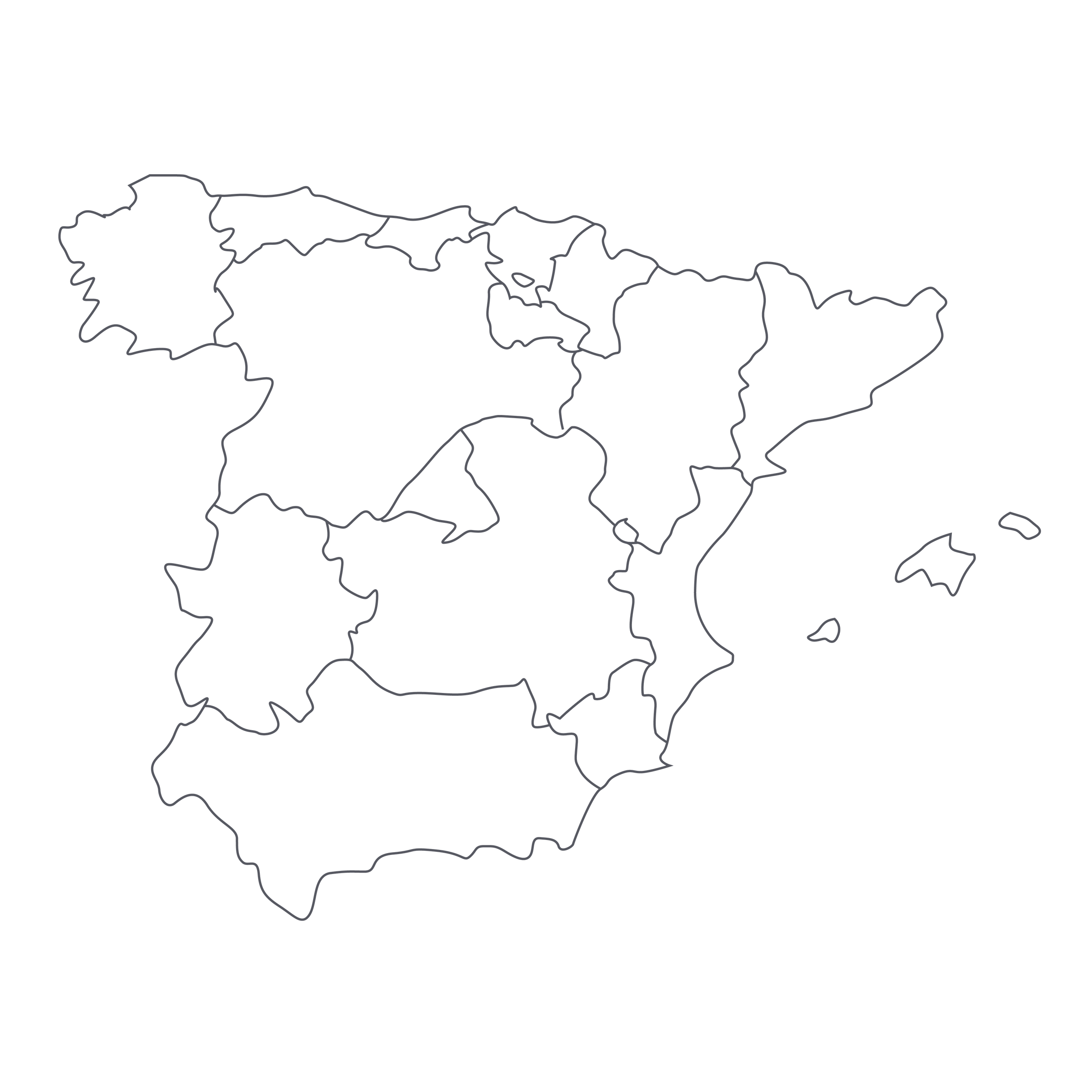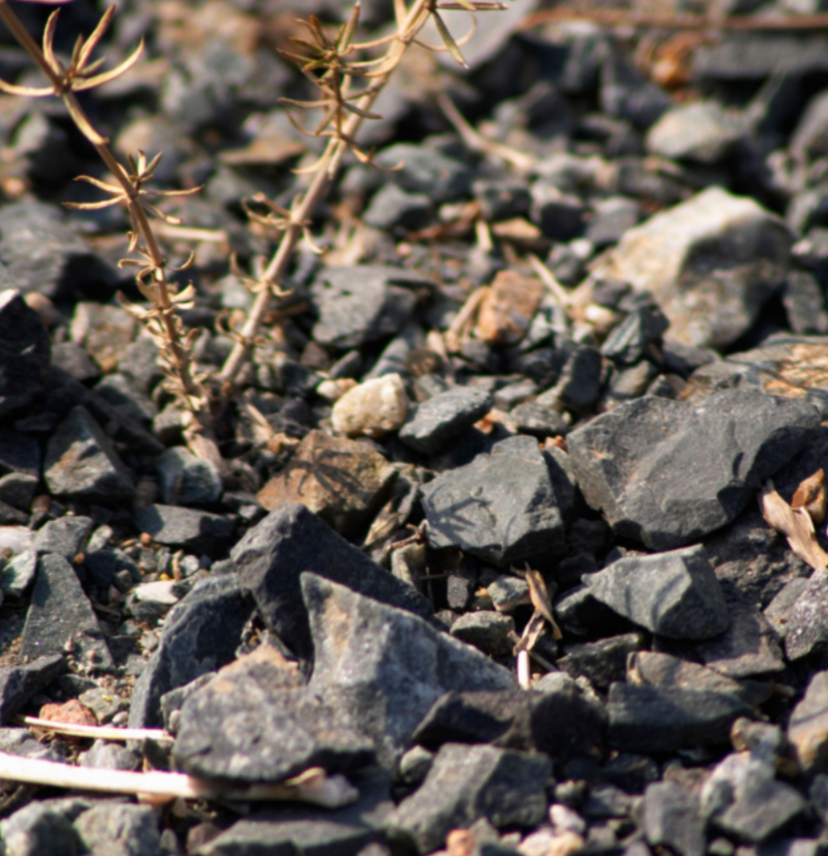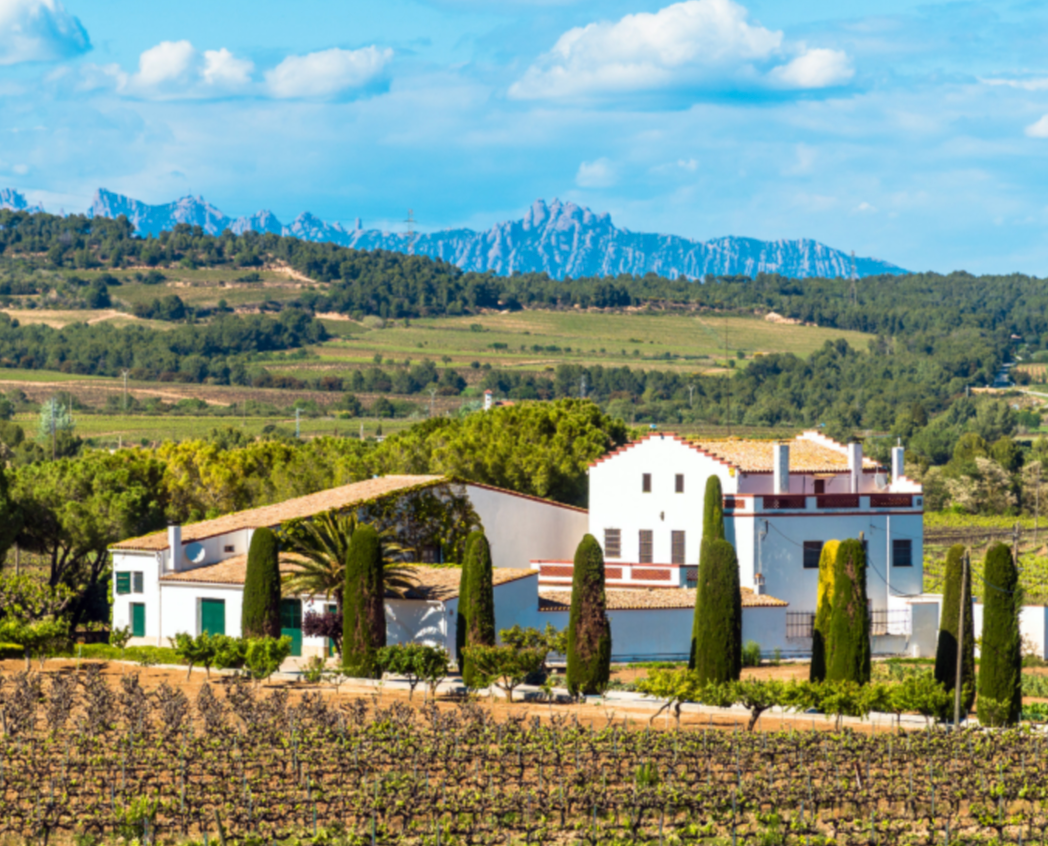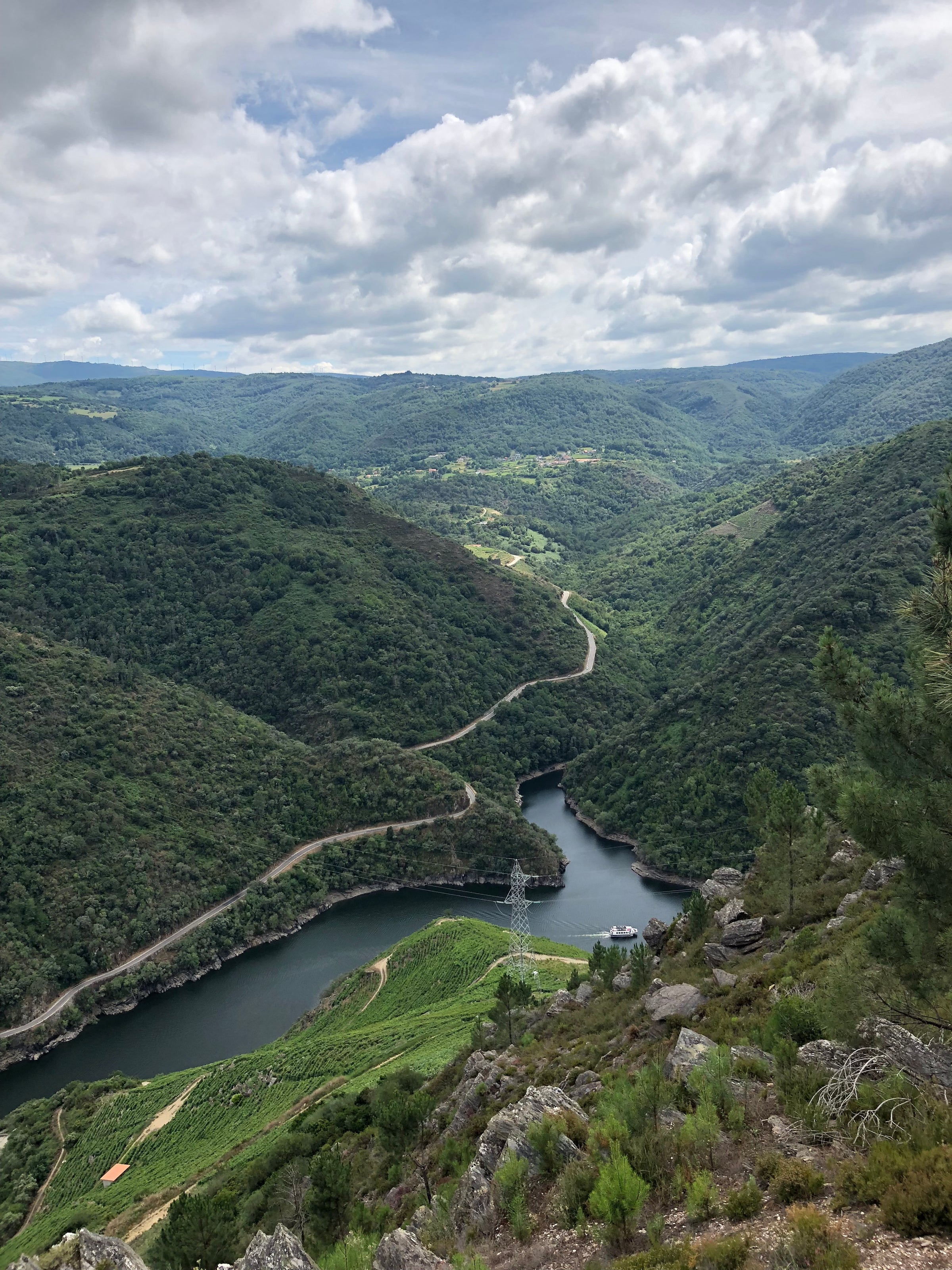This family has lived, farmed and made wine in the same cellar since the 1400’s. Today, the youngest generation of Suriol, brothers Eudal and Assiz, carry the torch, with significant input from their elders, who still live on the property. Eudal oversees most of the labor in the vineyards, while Assiz works primarily in the cellar and as the Suriol family’s “public face”. Their 25-hectare farm is located in the village of Font-Rubi, in the mountains one hour northwest of Barcelona. Located in the higher elevation region of Alt Penedés, the family’s vines sit at 1,000 to 1,200 feet in dense, Clay-Calcareous soils. The Suriol family compound feels like a small village - it’s a cluster of residences and cellars at the top of a hill, with a dense patchwork of small individual vineyards adorning the hillside below. There is also a large forest that protects the hillside from wind while moderating the area’s more severe temperature changes. The property has been farmed organically and without herbicides or pesticides since its creation and became officially certified 18 years ago. Unlike the region’s larger and more recognized wine producers, who often work with industrially farmed and/or purchased fruit, Eudal and Assiz own and farm all their own vineyards! And while their property is primarily planted to white grape varieties for the production of the family’s outstanding sparkling wines, Assiz also bottles a very small amount of the red wine which we are offering today.
Tucked between the acres of white grapes destined for sparkling wine, Eudal Suriol farms one single 1.5-hectare parcel of decades-old Tempranillo vines. It is unusual to find this ancient local Catalán clone of Tempranillo (called Ull de Llebre or “eye of the rabbit”) planted here, as most Tempranillo in the region is grafted to high yielding, darker, thick skinned clones from warmer climates to the west. Ull de Llebre produces a more delicate, savory expression of Tempranillo and, based on this truly impressive wine, I’d encourage the family to plant more! The vineyard, El Pelegrí, is perched at 1,200 feet, and vines are trellised in the Espaldera method which produces higher quality fruit, but at the cost of lower volume. At harvest, typically in mid-September, fruit is hand-picked and sorted into small baskets. While the majority of fruit from this vineyard goes to the Suriols’ table wine “Negre”, only the most pristine clusters are reserved for today’s wine, Sang de Drac (“the blood of the dragon”); only 200 cases are bottled each vintage. Grape clusters are macerated on skins in cement tanks for eight days - there is no addition of packaged nutrients or enzymes, and fermentation occurs naturally with only the wild yeast cultures from the Suriol’s vineyard and cellar. After alcoholic fermentation is completed, the wine is racked into old chestnut barrels wherein it rests for ten months. Finally, the wine is bottled and labeled before resting in the cellar for an additional year before release. The result is an astonishingly structured, serious wine.
The 2012 Suriol “Sang de Drac” appears beyond its years with an invitingly translucent crimson core and outward tones that are just starting to cede their youthful red hues. Fresh out of the bottle, the wine’s initial aromas could easily be confused with those of older, delicate Brunello di Montalcino or even Bandol from a top producer. There is an authenticity and purity that jumps out of the glass - this quality, while hard to define, is what I love most about today’s bottle. You can literally taste how much care Eudal puts into the vineyard work, and how much patience and restraint Assiz exercises in the cellar. This is special stuff; this wine’s aromatic palette is worlds beyond the sloppily overpowering alcohol and extract of most Tempranillo bottled in Spain. Instead of bombast, the Sang de Drac offers refined and understated notes of tart cherry, plum, Turkish fig, unsweetened baking chocolate, red tobacco, white pepper, dried flowers, and air dried charcuterie. Despite the decidedly mature appearance and aromas, the wine is alive and refreshing with every sip - the other night I found it challenging to drink slowly while taking notes! It is medium bodied, tannins are both gentle and perfectly integrated, and the finish is long and satisfying without ever becoming exhausting to the palate or overwhelming to food. Speaking of food, it would be criminal not to enjoy this wine with something special. With the first glass, we enjoyed it immensely alongside a plate of Jamón Iberico - high quality Prosciutto is an easy and equally beautiful companion to the wine’s dusty, juicy character. Once the bottle had spread its wings in the decanter for an hour, we finished it slowly while savoring these simple but
extremely delicious and effortlessly prepared lamb chops. Long story short, this wine is a joy on its own, but it really sings when accompanying simple meat preparations.





